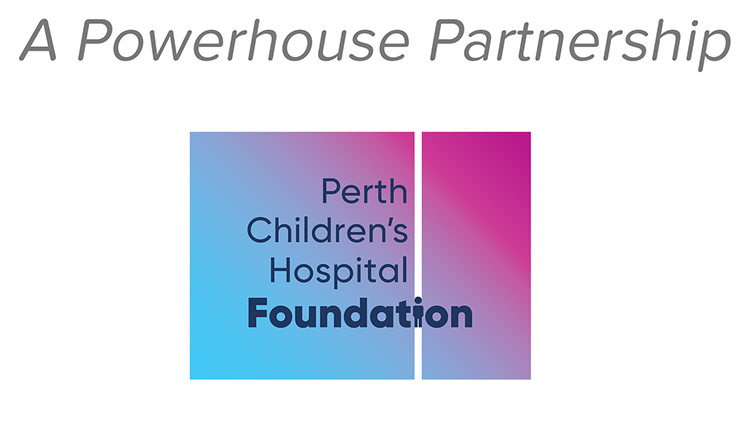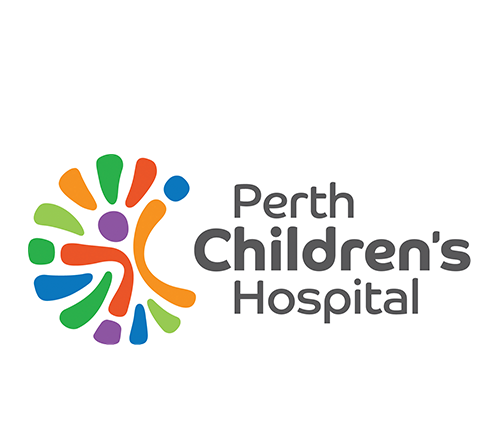Identifying pediatric lung disease: A comparison of forced oscillation technique outcomes
Abstract
Rationale
Increasing evidence suggests the forced oscillation technique (FOT) has the capacity to provide non‐invasive monitoring and diagnosis of respiratory disease in young children. However, which FOT outcomes provide the most pertinent clinical information is currently unknown. The aim of this study was to determine which FOT outcomes were most sensitive for differentiating between health and specific childhood respiratory disease.
Methods
Respiratory impedance was measured using a commercial device (i2M, Chess Medical, Belgium) in children aged between 3 and 7 years, who had been diagnosed with either cystic fibrosis (N = 84), asthma (N = 99) or were born very preterm (N = 114). Z‐scores were calculated for respiratory system resistance (Rrs) and reactance (Xrs) at 6, 8, and 10 Hz, the resonance frequency (Fres), frequency dependence (Fdep4‐24), and area under the reactance curve (AX). Pairwise comparisons of the area under the receiver operating characteristic (ROC) curve were used to determine the most relevant FOT variables.
Results and Conclusions
The FOT outcomes best able to discern between health and disease were Fres (P < 0.0001) in cystic fibrosis, Fres (P < 0.0001) in asthma and Xrs8 (P < 0.0001) in children born preterm. These findings suggest the utility of specific FOT outcomes is dependent on the respiratory disease being assessed. It is hoped that a disease‐specific approach to interpreting FOT data can help further refine the FOT technique to aid in the diagnosis of children with pediatric respiratory disease.
Authors: Denby J. Evans, Andre Schultz, Maureen Verheggen, Graham L. Hall, Shannon J. Simpson.
Published in Pediatric Pulmonology in June 2019.
Discover. Prevent. Cure.



